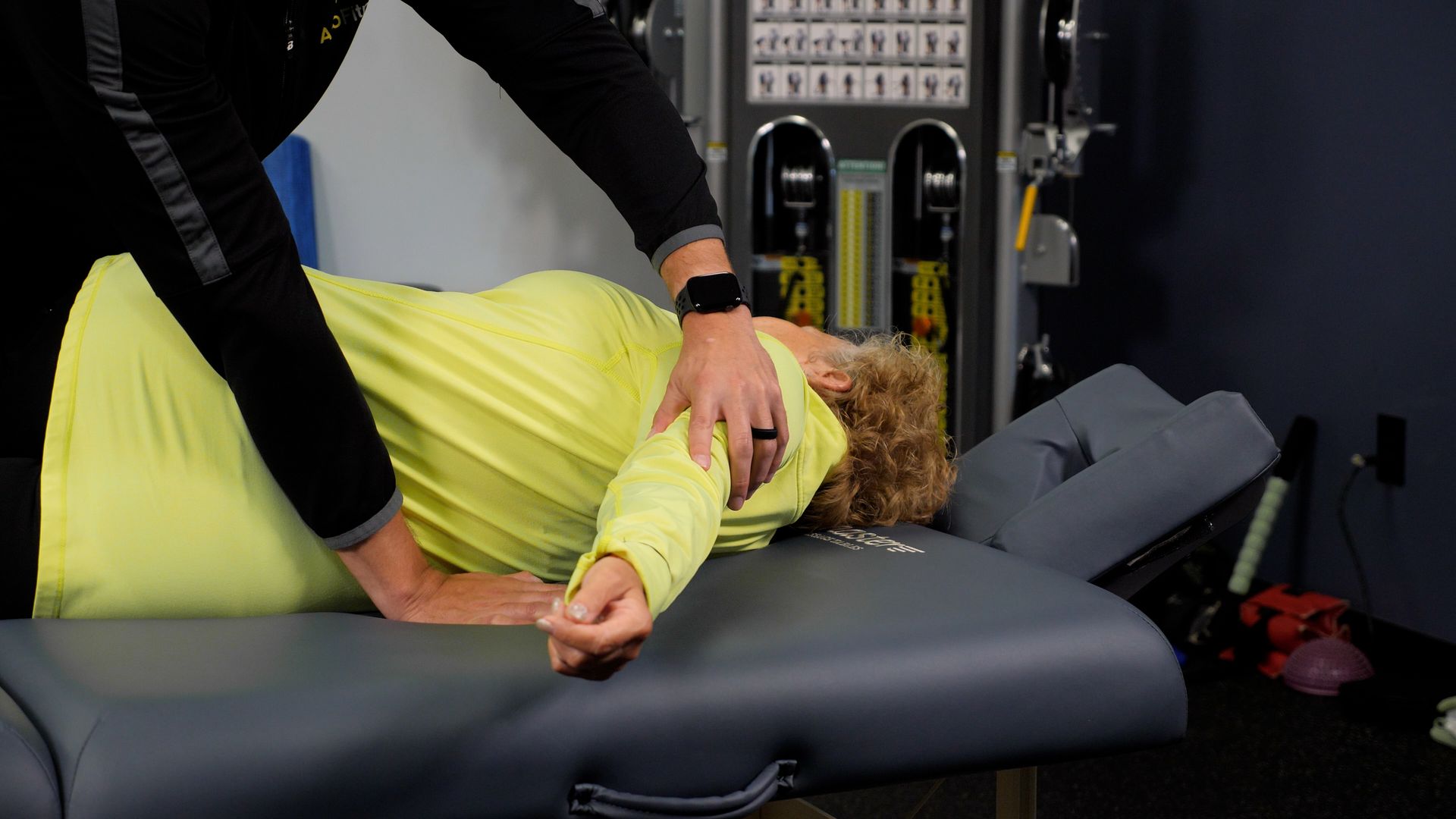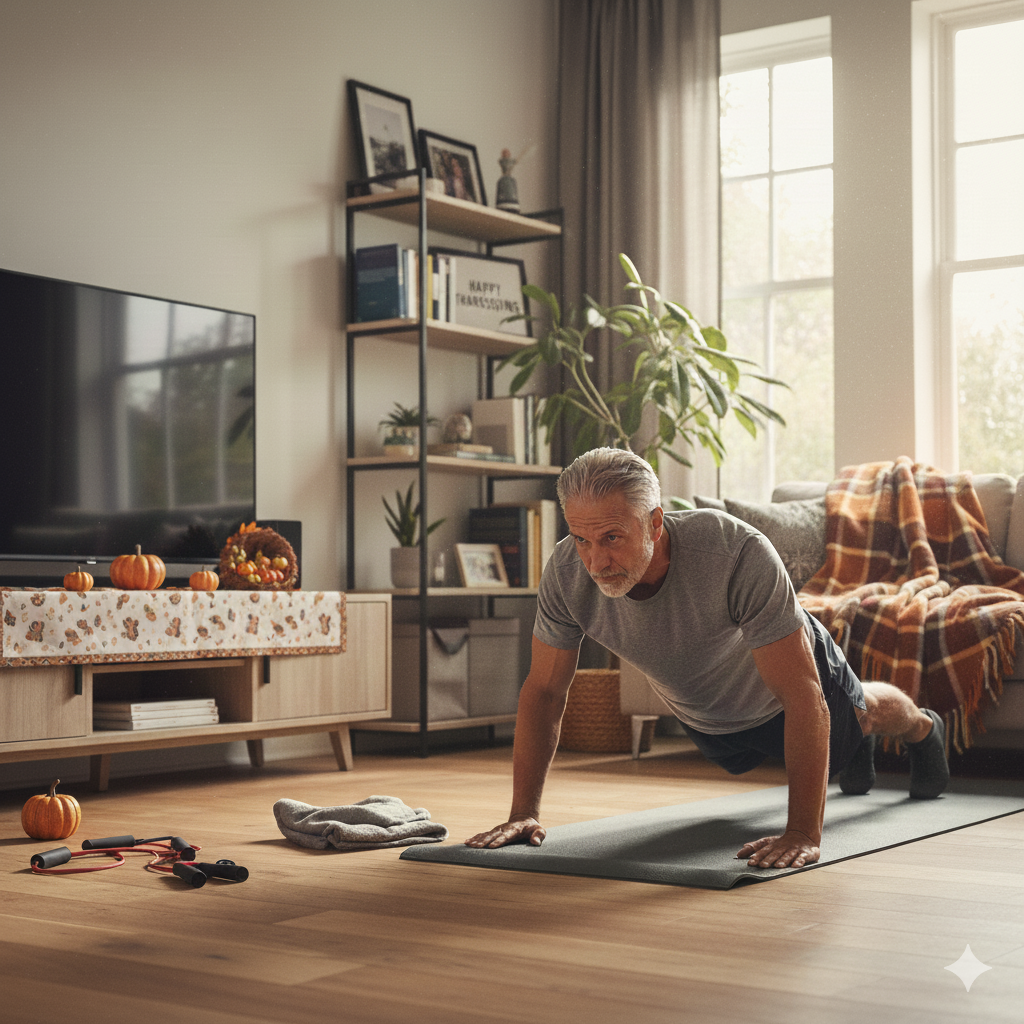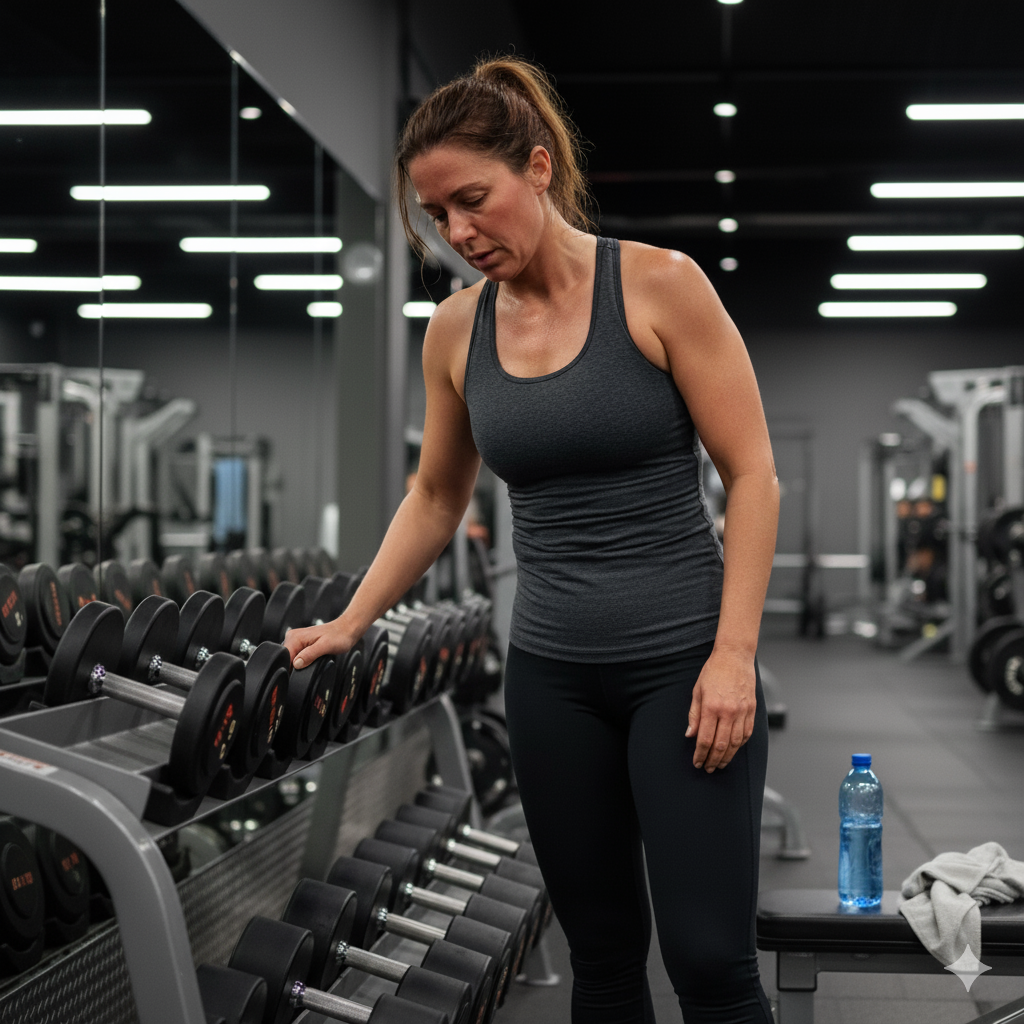Stretching to Avoid Injury
August 5, 2025

We've all been told to stretch, whether it's before a run, after a workout, or even just to shake off the stiffness from a long day at a desk. But have you ever stopped to think about why stretching is so important? It's not just about feeling good in the moment; it's a powerful and often underestimated tool for preventing injuries.
Think of your muscles, tendons, and ligaments as a complex network of elastic bands. When they're cold and tight, they're more susceptible to snapping under pressure. Stretching, in essence, is the process of warming up and lengthening these "bands," making them more pliable and resilient.
The Science Behind the Stretch
So, how does this all translate to fewer injuries? Let's break it down:
- Improved Flexibility and Range of Motion: Regular stretching increases the flexibility of your muscles and joints. This means your body can move through a greater range of motion without a strain.
- Enhanced Muscle Elasticity: Stretching improves the elasticity of your muscles, making them better equipped to absorb the shock and impact of physical activity. A flexible muscle is less likely to be pulled or torn when it's suddenly put under stress, such as during a quick change of direction in sports or a sudden stumble.
- Increased Blood Flow: Stretching encourages blood flow to your muscles. This increased circulation delivers vital nutrients and oxygen to the muscle fibers, promoting their health and ability to repair themselves. This is particularly important after exercise, as it helps to flush out waste products and reduce muscle soreness, which can be a precursor to injury.
- Correcting Muscle Imbalances: Many of us have muscle imbalances—one side of our body might be tighter or stronger than the other. These imbalances can put uneven stress on our joints and lead to pain and injury over time. Stretching can help to address these imbalances by targeting and lengthening tight muscles, restoring balance to the body.
- Better Body Awareness: The act of stretching forces you to pay attention to your body and how it feels. This heightened body awareness can help you to recognize
Stretching isn't just a chore; it's an investment in your body's long-term health and well-being. By incorporating a consistent stretching routine into your life, you're not just limbering up; you're building a stronger, more resilient body that is better prepared to handle the demands of daily life and physical activity.
If you struggle to keep yourself accountable to consistent stretching, Axio Fitness can help. We offer Stretch Therapy, a private service dedicated to stretching you in ways that are appropriate for your body and your ability.
Contact us for more details about our stretch therapy sessions.

Share Post
Our Recent Blogs




Leave a Reply
Your email address will not be published.
Required fields are marked *

